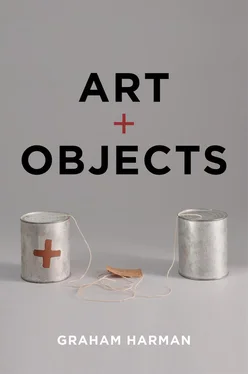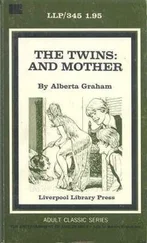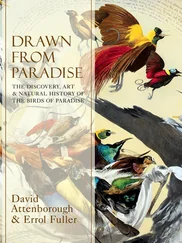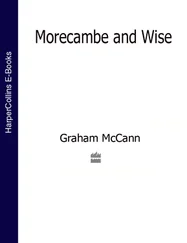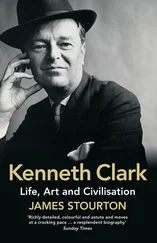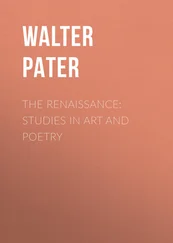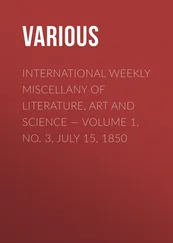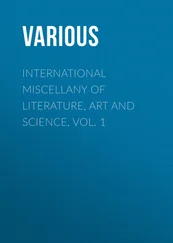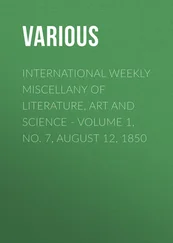Nonetheless, Kant mixes two very different senses of formalism in a way that is fateful, in the negative sense, for modern philosophy and art theory. The important kernel of truth in his ethics should be clear enough: an action whose purpose is to gain rewards or avoid punishment is not really an ethical act, though we can never be entirely sure that any given act is free of ulterior motives. From here it is a small step toward recognizing the substantial truth of his aesthetics: an artwork is not beautiful just because it happens to please or flatter us in the manner of, say, Augustus Caesar reading Virgil’s fulsome praise of his dynasty in the Aeneid . 19Nonetheless, I hold that Kant is overly specific in his claim as to what must be separated from what in order to establish autonomy. For him as for nearly all modern Western philosophers, the two primary elements of reality are human thought on one side and everything else (a.k.a. “the world”) on the other, and it is these two realms in particular that must be prevented from contaminating each other. In my opposition to this sentiment, I follow the French philosopher Bruno Latour’s interpretation of modernity, in We Have Never Been Modern , as the impossible attempt to isolate and purify two distinct zones called human and world. 20
At any rate, if the main problem with Kant is his formalist obsession with separating humans from everything else, we know which great figure in intellectual history resembles him least: that would be Dante, who wishes not to separate humans from world, but to fuse them together as tightly as possible. 21Dante’s cosmos is famously composed of love , in the sense of someone’s passion for something: whether it be good, bad, or downright evil. The basic units of reality for Dante are not free autonomous subjects, but amorous agents fused with or split from the targets of their various passions, and judged by God accordingly. This is the sense in which Kant is the perfect anti-Dante: someone who promotes cool disinterest in ethics as in art, since to do otherwise would meld thought with world when, according to Kant, these two must be kept separate at all costs.
In his admiring critique of Kantian ethics, the colorful German philosopher Max Scheler looks very much like a twentieth-century Dante for philosophy. While Scheler insists Kant is right that ethics must be self-contained and not just a tool to attain certain “goods and purposes,” he remains skeptical toward what he calls the “sublime emptiness” of Kant’s call to universal duty. 22Scheler’s alternative model displays at least two salient features missing from Kant’s theory. In the first place, ethics is less a matter of duty internal to human thought than an assessment of the things that one loves and hates, whether properly or improperly: an ordo amoris or rank order of passions. 23In the second place, Scheler finds Kant’s ethics too sweepingly universal, since any given person, nation, or historical period has a specific ethical calling that belongs to it alone. More generally, Scheler’s theory entails that the basic unit of ethics is not a thinking human in isolation from the world; rather, the unit of ethics is a compound or hybrid (the latter is Latour’s term) made up of the human ethical agent and whatever they take seriously enough to love or hate. Ethical autonomy thus gains a new meaning: no longer a clean separation of humans from world, but that of any specific human–world combination from all that surrounds it. Note that this does not amount to a regression into what the French philosopher Quentin Meillassoux has concisely termed “correlationism”: a type of modern philosophy that focuses on the correlative relationship between thought and world, while denying us the right to speak of either in isolation. For one thing, both humans and the objects they love remain independent of their relations, since neither is fully exhausted by them. And more importantly, the ethical relation between human and object is itself a new autonomous object whose reality cannot be fully grasped by either of these elements or by any external observer. The real embraces us from above no less than eluding us below.
The relevance to art of this ethical detour will now perhaps be clear. It had seemed to me until recently that there was no Schelerlike figure in the arts to critique Kant’s aesthetics on analogous grounds. But it now seems clear that Fried is the man for the job. True enough, his concept of “absorption” seems to perform the basically Kantian labor of keeping us at a distance from the artwork through the preoccupation of its elements with each other, resulting in a “closure” that ensures their obliviousness to the beholder. Yet even in Fried’s account this is true only for a number of French painters of the eighteenth- and early nineteenth-century anti-theatrical tradition – as theorized by the philosopher Denis Diderot – along with certain trailblazing forerunners such as Caravaggio. 24For it is Fried himself who has shown that, no later than the work of Jacques-Louis David, it becomes increasingly difficult to read any painting as straightforwardly theatrical or anti-theatrical – and that in the crucial career of Édouard Manet, the need for a painting to face and acknowledge rather than negate and close off the beholder becomes unmistakable. 25
In aesthetics no less than ethics, Kant insists on the separation of disinterested spectators from the objects they contemplate. It is noteworthy that Greenberg and Fried do it the opposite way from Kant, by asking us to focus on the art object while subtracting the human side of the equation. This can be seen in Greenberg’s rejection of Kant’s transcendental approach to art in favor of something closer to Humean empiricism and, of course, in Fried’s vehement if qualified distaste for theatricality. 26What Kant shares with Greenberg and Fried is the assumption that autonomy must mean one very specific autonomy in particular: that of humans from world . This probably explains Fried’s unease with such recent philosophical trends as Latourian actor-network-theory, the vital materialism of Jane Bennett, and OOO itself, all of them committed in different ways to a flattening of the Kantian human–world divide. 27The analogy in aesthetics for Scheler’s anti-Kantian ethics would be the view that the basic unit of aesthetics is neither the art object nor its beholder, but rather the two in combination as a single new object. Despite Fried’s probable hostility to such a notion on anti-theatrical grounds, we will see that he comes surprisingly close to adopting it in his historical work. Though I will end up endorsing something much like the theatricality that Fried condemns, this by no means ruins the autonomy of the artwork, since the compound entity made of work and beholder is a self-contained unit not subordinate to any external practical or socio-political purpose. This admittedly strange result will require that we jettison a number of typical formalist principles in aesthetics, though mostly not the ones that post-formalist art has seen fit to abandon. At the same time, we will be led to some new and important considerations for philosophy.
Chapter 1(“OOO and Art: A First Summary”) gives an overview of OOO aesthetic theory, which conceives of art as activating a rift between what we call real objects (RO) and their sensual qualities (SQ). This will return us to the long unfashionable phenomenon of beauty, which we grasp by contrast with its eternal enemy: not the ugly, but the literal. An examination of metaphor is the easiest way to see what is wrong with literalism, though metaphor also turns out to have a particularly clear theatrical structure, and this has important implications for the sphere of visual art no less than for literature.
Читать дальше
